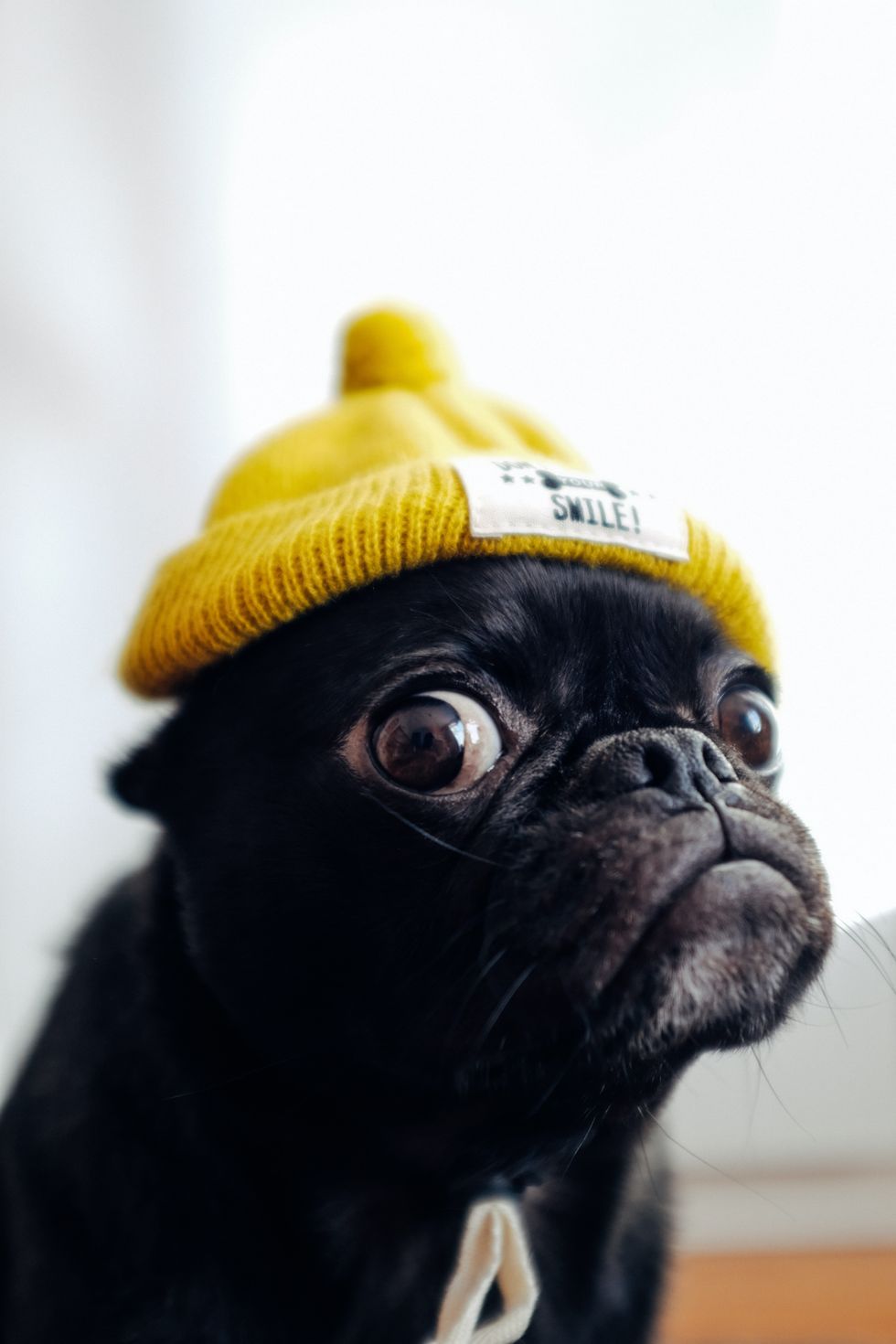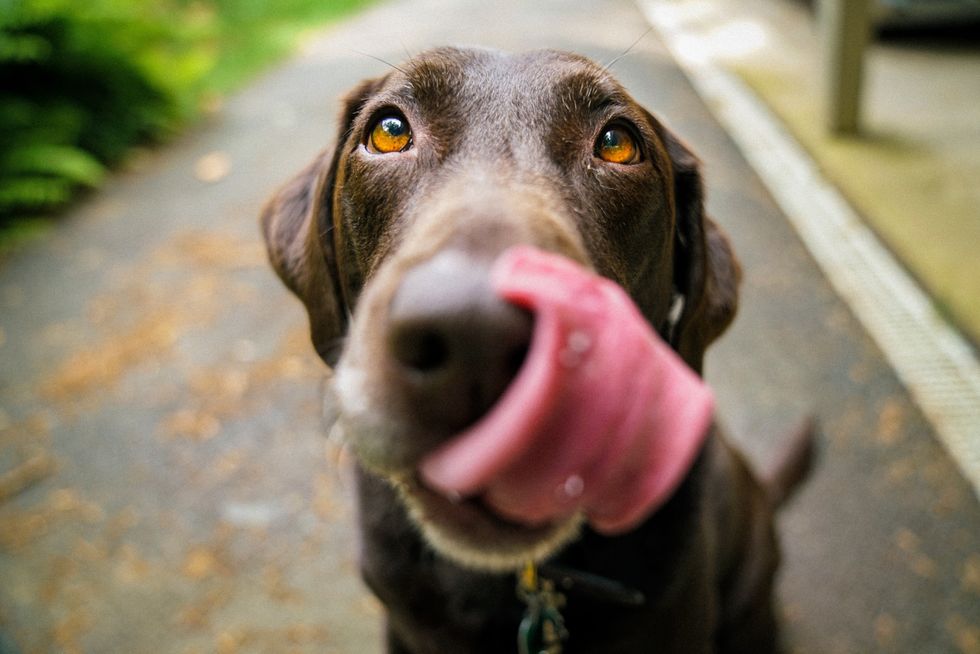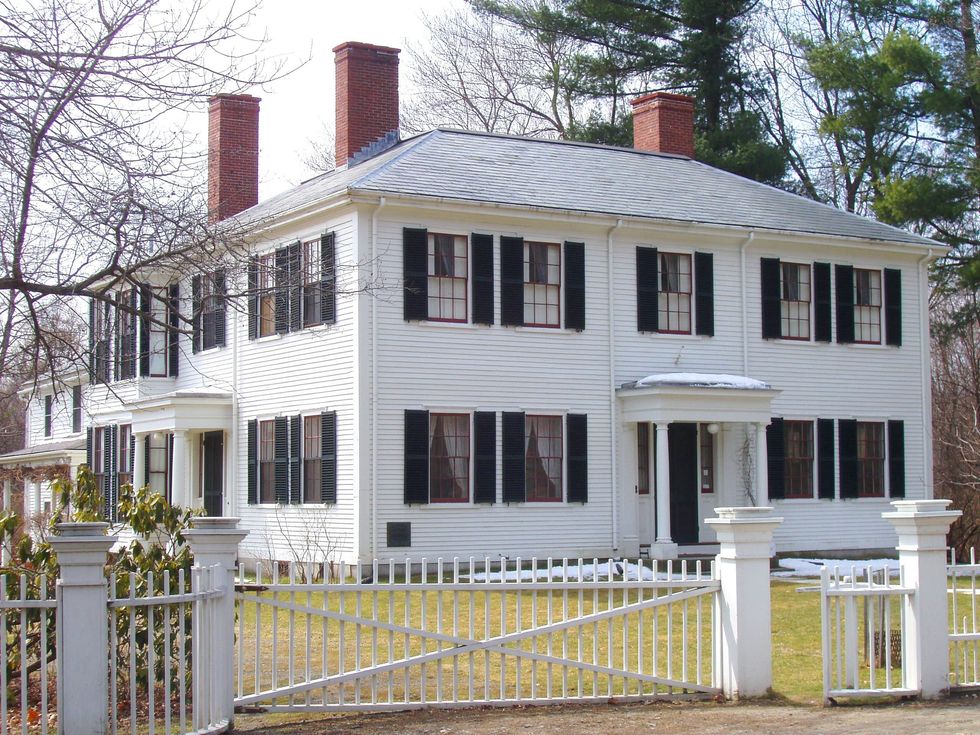The pumpkins are ready for launch.
Fans numbering in the tens of thousands will converge November 4-6 on a 600-acre farm in Bridgeville, Delaware, to watch pumpkins sail across the sky. The fruit will fly in multiple ways—some by trebuchet, others by catapult, others still by human-powered machines (where someone might, say, pedal a bike to power up the launch).
Then there are the big, bad air cannons—massive, multi-ton machines powered by air compressors, capable of launching a pumpkin nearly a mile.
It all goes down at the three-day World Championship Punkin Chunkin event, which returns after a two-year hiatus (caused by liability issues with the local landowner and other insurance-related concerns). The granddaddy of punkin chunkin events—first held in 1986—is set to host more than 100 teams aiming to send a pumpkin through the air and have it land as far away as possible in an explosion pumpkin bits.
As with any sport, winning at punkin chunkin often stems from a well-curated combination of preparation, practice, skill, and commitment. Die-hard participants often put hundreds of hours (and sometimes thousands of dollars) into their teams and equipment, along with plenty of heart, soul, and sweat.
All this despite the lack of prize money.
The World Championship Punkin Chunkin Association is a charitable nonprofit that raises money for St. Jude Children’s Research Hospital and college scholarships for local students. Competitors are in it for the love of the game—even when that game involves towing 23,000 pounds of metal down the Eastern Seaboard to make it to the competition on time. And that’s after they’ve spent months building and testing their pumpkin-launching entries.
GOOD talked to captains of two top air cannon teams about their preparations for the perfect pumpkin pitch.
Team members—the more, the merrier
The New Hampshire-based American Chunker team, the reigning champion and world-record holder with a 4,694.68-foot chunk in 2013, has 28 members. Captain Brian Labrie, a landscaping business owner, built the mega cannon in 2009 (at an estimated cost of $100,000) with a small team and then began recruiting members with backgrounds in everything from construction to weather forecasting to engineering. “I can’t express enough the importance of the team members,” he says. “You’re better off with 30 guys than you’ll ever be with one.”
Wayne Wallace, a Delaware-based truck driver and retired auto worker, serves as captain of Chunkin Under da Influence, which has been competing since 2010. He has a core team of a dozen, but that number balloons the day of the event as people come out of the woodwork to be part of the excitement. “Fortunately I’m lucky enough to have friends in this with me,” Wallace says. “Without these guys, I wouldn’t be able to do it.”
Pumpkins—choose them wisely
Those ubiquitous fat orange pumpkins you see in yards and on doorsteps around Halloween are not, in most cases, what the top teams launch in competition. “We shoot green Australian pumpkins that are extremely hard,” Wallace says. The reason? As the sport has progressed, the machines have become bigger and stronger. “You’ve got to get something that won’t blow up,” he says. “Those orange pumpkins just disintegrate.”
[quote position="right" is_quote="true"]As we evolve as a team, so does every other team, whether they broadcast it or not. It’s an arms race.[/quote]
Since fruit-killing frost can strike as early as mid-September in New England, Labrie makes sure his team’s pumpkins are picked by the end of summer and then stored indoors. He leaves the honor of picking to the PHD—that would be the Pumpkin Harvest Department, comprised of a group of team members that scours patches from Vermont to Massachusetts to collect “suitable ammunition based on pretty stringent criteria,” Labrie says. He won’t reveal anything proprietary about said criteria, only noting that, per association rules, pumpkins must weigh between 8 and 10 pounds and cannot be modified.
American Chunker’s attention to pumpkin selection, Labrie admits, has helped the team rise to the top in recent years. “We started putting way more effort into our fruit,” he says. “We’re using different kinds than we started with. It’s a way better product and the fruit is 50 percent of the equation.”
Of the estimated 2,000 pumpkins the PHD looks at, they end up choosing six—one for each competition day plus backups. “Everything we do has backups,” Labrie says. “And sometimes backups to the backups.”
Improve the equipment
Labrie spends a good chunk of his annual $20,000 budget on upgrades to the chunker, from installing a new barrel to a new set of hydraulic pistons. “Things that either fell short the prior year or things that we read that could help potentially, we’ll take a risk on it,” Labrie says. “As we evolve as a team, so does every other team, whether they broadcast it or not. It’s an arms race.”
Wallace says that changing out the butterfly valve that helps propel the pumpkins, which he did shortly after buying the chunker in 2009, has made a huge difference. “The faster you open that valve and release that air, the further that pumpkin will go.” Most recently, Wallace put a new, smaller barrel on and built an entirely new loading chamber.
And while Chunkin Under da Influence has made the Top 10 every year it has competed and is part of the exclusive 4,000 club (teams that have reached 4,000 feet and beyond), Wallace believes this is going to be his biggest year yet. “I think I’ll shoot better than I’ve ever shot. The new design should help me go further. You don’t know until you try these things.”
Incidentally, while the build and maintenance costs are high, some teams are able to hire themselves out to festivals, corporate events, and the like during the year.
Pumpkin practice
Teams need to test. And that often means coming up with creative substitutions—such as watermelons—during times of the year when the right pumpkins aren’t available. It’s not always a success, as Wallace found when he shot the juicy fruit at an August watermelon shoot. “If a watermelon blows up in the gun it’s quite a mess,” he says. “You know how sticky they are?”
Labrie spends weekends doing dry runs beginning in August straight through to the early-November championships. The team identified a couple of fields in New Hampshire and Maine that are large enough—around 6,000 feet long—to allow for launches.
Have a good time
For spectators, the event is a three-day fun fest with camping, tailgating, a chili cook-off, even a beauty pageant. And many competitors participate in the social aspect too. Wallace brings his entire extended family with him for three days, a celebration he compares to a holiday family gathering.
“Originally when we started, I said I want to have people out, I want to have a good time,” he says. “I don’t want to be about shooting three pumpkins and that’s it.
“There’s more to it than that. We have good food, sit around, laugh, go see everybody and the other machines, just kind of hang out.”
Labrie takes a drastically different approach. For American Chunker, it’s early nights and early mornings—and all business.
“A lot of the other teams are in it to have fun or hang out on the weekend,” Labrie says. “There’s nothing wrong with that and I wish I could shut it on and off and do that, but we’re in it to win it and we’re pretty hard core.”
As for what Wallace thinks of his friend and competitor’s attitude: “Yeah he’s real serious and real top-secret. I’m trying to get him out that,” he says. “We dog him pretty hard. I tell him, ‘Dude you really don’t know what this thing’s all about. You’re missing it all!’”
The 2016 World Championship Punkin Chunkin event takes place Nov. 4-6. The event will air on Science Channel on Nov. 26.
















 This doggo has some concerns. Photo by
This doggo has some concerns. Photo by  Ready to eat.Photo by
Ready to eat.Photo by 

 Let us all bow before Gary, the Internet's most adventurous feline. Photo credit: James Eastham
Let us all bow before Gary, the Internet's most adventurous feline. Photo credit: James Eastham Gary the Cat enjoys some paddling. Photo credit: James Eastham
Gary the Cat enjoys some paddling. Photo credit: James Eastham James and Gary chat with Ryan Reed and Tony Photo credit: Ryan Reed
James and Gary chat with Ryan Reed and Tony Photo credit: Ryan Reed


 Rock deterioration has damaged some of the inscriptions, but they remain visible. Renan Rodrigues Chandu and Pedro Arcanjo José Feitosa, and the Casa Grande boys
Rock deterioration has damaged some of the inscriptions, but they remain visible. Renan Rodrigues Chandu and Pedro Arcanjo José Feitosa, and the Casa Grande boys The Serrote do Letreiro site continues to provide rich insights into ancient life.
The Serrote do Letreiro site continues to provide rich insights into ancient life.

 File:Ralph Waldo Emerson House (Concord, MA).JPG - Wikimedia Commons
commons.wikimedia.org
File:Ralph Waldo Emerson House (Concord, MA).JPG - Wikimedia Commons
commons.wikimedia.org